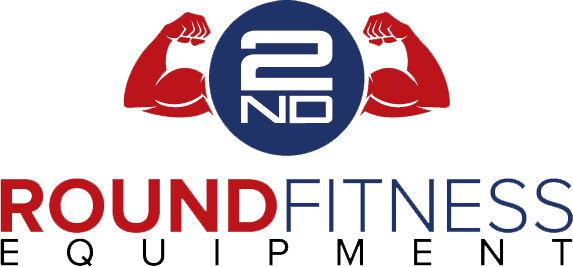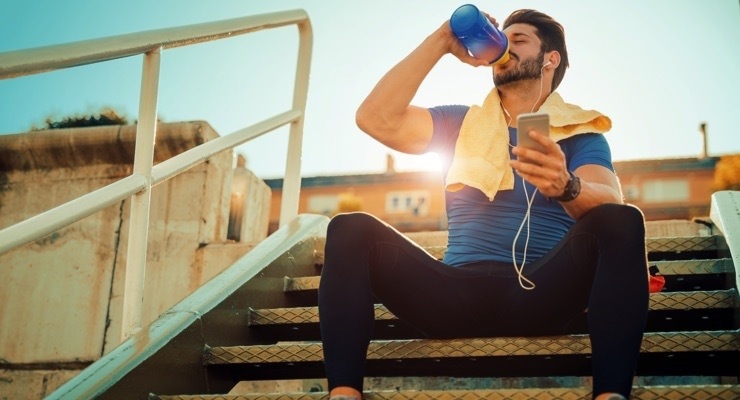The month of October often means many Chicagoland athletes are in the midst of their final training push of the season. For some athletes, the race they have been preparing for is in their sights, while others have crossed the finish line and are physically and emotionally exhausted. In either case, successful recovery is the key to assuring that your muscles and mind are ready for your next challenge.
Recovering well is imperative to keeping your body from crashing after your race or long run. Here are a few ways you can recover and prepare for your next adventure.
Passive Recovery
Passive recovery plays an important role in your fitness journey. Rest days, for example, are a time for your body to recharge and relax. Passive recovery can be especially helpful if you are injured, as it gives your body the chance to stop, rest, and heal.
While passive recovery can be the key to healing that nagging injury, it may not be the best way to fight the general soreness that comes with pushing yourself in your workouts. For that recovery, you need to be more active.
Active Recovery
For most athletes, active recovery is the best way to work out sore muscles and increase performance. Not to be confused with a workout, active recovery activities can include massage, cross training, yoga, stretching, or a long walk. These types of active recovery endeavors use your body in a different way and eliminate heavy and sore muscles.
Successful active recovery can decrease soreness as well as decrease the chance of joint issues. Your joints love range of motion, and active recovery can get your joints moving. When you are considering active recovery exercises, choose something that you enjoy doing and that moves your joints through their entire range of motion.
Your Recovery Plan
How can you set up your best recovery plan? Knowing when to use passive and active recovery is certainly a good start. Remember, passive recovery is crucial when you are injured while active recovery can keep you from feeling uncomfortable after a hard run the day before.
For your active recovery days, consider taking it to the treadmill or stationery bike. A leisurely pace can ease your aching muscles and help your body release endorphins that can decrease pain and make you feel better.
If you don’t have a treadmill or stationery bike in your home, or if you are looking for other equipment that won’t break your budget, be sure to check out our latest equipment sales.


Recent Comments